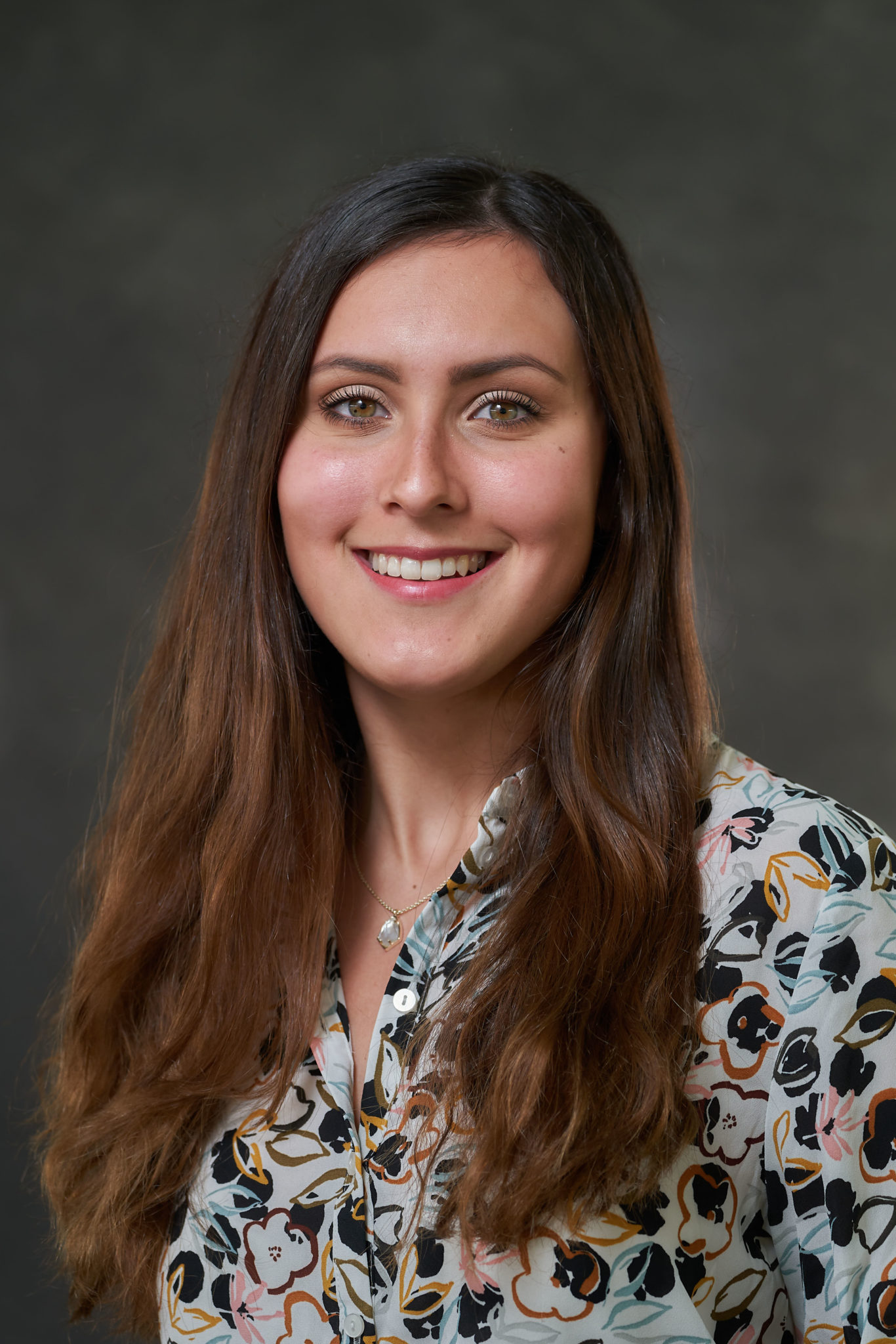Newhouse Insider: An Inside Look at the Newhouse Graduate Newspaper Minority Fellowship

Most folks in the news industry can agree that diversity is badly needed. Regardless of when you turn on the TV, your news anchors will likely be white. When you click open your newspaper website, the names and faces of journalists typically look the same. This was one of the reasons I decided to switch from science to journalism when I graduated college. If you’re like me and come from an underrepresented community and have no background in journalism, the grad school application process will seem daunting. But there’s a place for you, and it’s within the Newhouse Graduate Newspaper Minority Fellowship.
When I got the call from Newhouse telling me I had won one of two spots in this fellowship, I thought: this must be a joke. The fellowship covers your full tuition, offers a monthly stipend along with other incentives, and lands you a spot for a year-long internship at The Post-Standard and Syracuse.com. It seemed like I had gotten too lucky, but I wasn’t going to complain. So, let’s break down what it means to be a fellow in the Magazine, News, and Digital Journalism program.
The interview process
Once I was nominated for the fellowship, I had to do six interviews in a day. Pretty daunting but if you have a reason to go to journalism grad school, it’s a piece of cake. My background informed my decision to switch career paths and study journalism. I was born and raised in Puerto Rico, a place that the U.S. mainstream media only remembers when there’s catastrophic news. I knew I wanted to use my voice to highlight Puerto Rican news in the U.S.—to force the media to stop forgetting us. What’s your reason to study journalism? What drives you as a person from an underrepresented community? That’s what the interviewers want to know. If you have a purpose, a reason for wanting that fellowship that goes beyond money, the answers to any question you’re asked is simple.
The classes
The first two semesters are pretty standard: you follow the curriculum with the rest of your MND cohort. The Spring is slightly different because you begin your internship and take less classes than the rest of the MND cohort. While the regular MND program wraps up in May (only one year long), fellows stay an extra six months (the fellowship runs 18 months). This means you can space out your classes through the Spring and following Fall semester while you’re interning, to give you more time to work at the newspaper.
The internship
You start working at The Post-Standard and Syracuse.com in the spring. Editors will treat you like a full-fledged employee, which means you’re bringing your voice and background into their newsroom. I’m currently looking at stories to pitch about the Puerto Rican community in Syracuse, Latinxs in politics in Central New York, and any other story that I think hasn’t received adequate coverage. When considering graduate school, you want to find a program that will give you real-world experience and connections. That’s what will get you a job in the future. The fellowship positions you as a top contender for newsroom jobs post-graduation. In the fellowship, you’ll have a full year of experience at The Post-Standard and will be able to use all that time to build relationships with your editors and fellow journalists. And while working and studying can sound daunting, the editors really take into consideration your school schedule.
The numbers
Financial aid and scholarships were the main thing I was worried about when applying to graduate school. My decision came down to what I could afford. This fellowship was one of the few comprehensive packages I found to fund my graduate degree.
If you’re a student from an underrepresented community who didn’t study journalism in your undergraduate career, I encourage you to apply. You could land the fellowship, which will open a world of possibilities. Even if it seems out of reach, send that Newhouse application in because it’s an opportunity worth shooting for.
Follow Adriana on Twitter: @AdrianaRozas. And learn more about the program from past fellows: